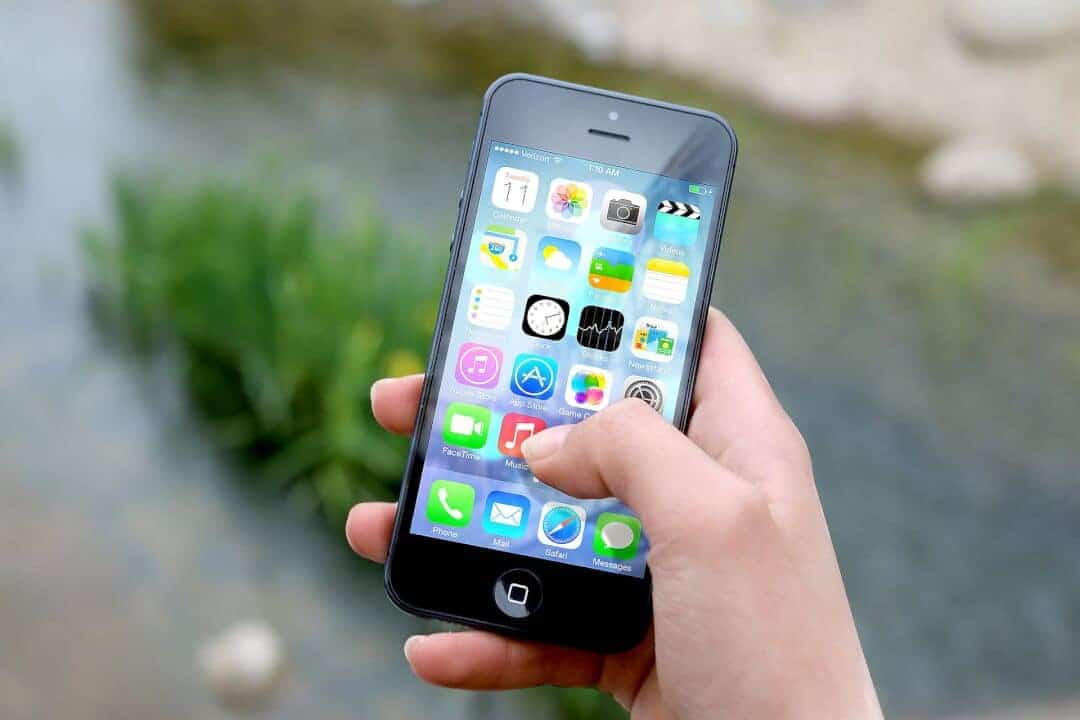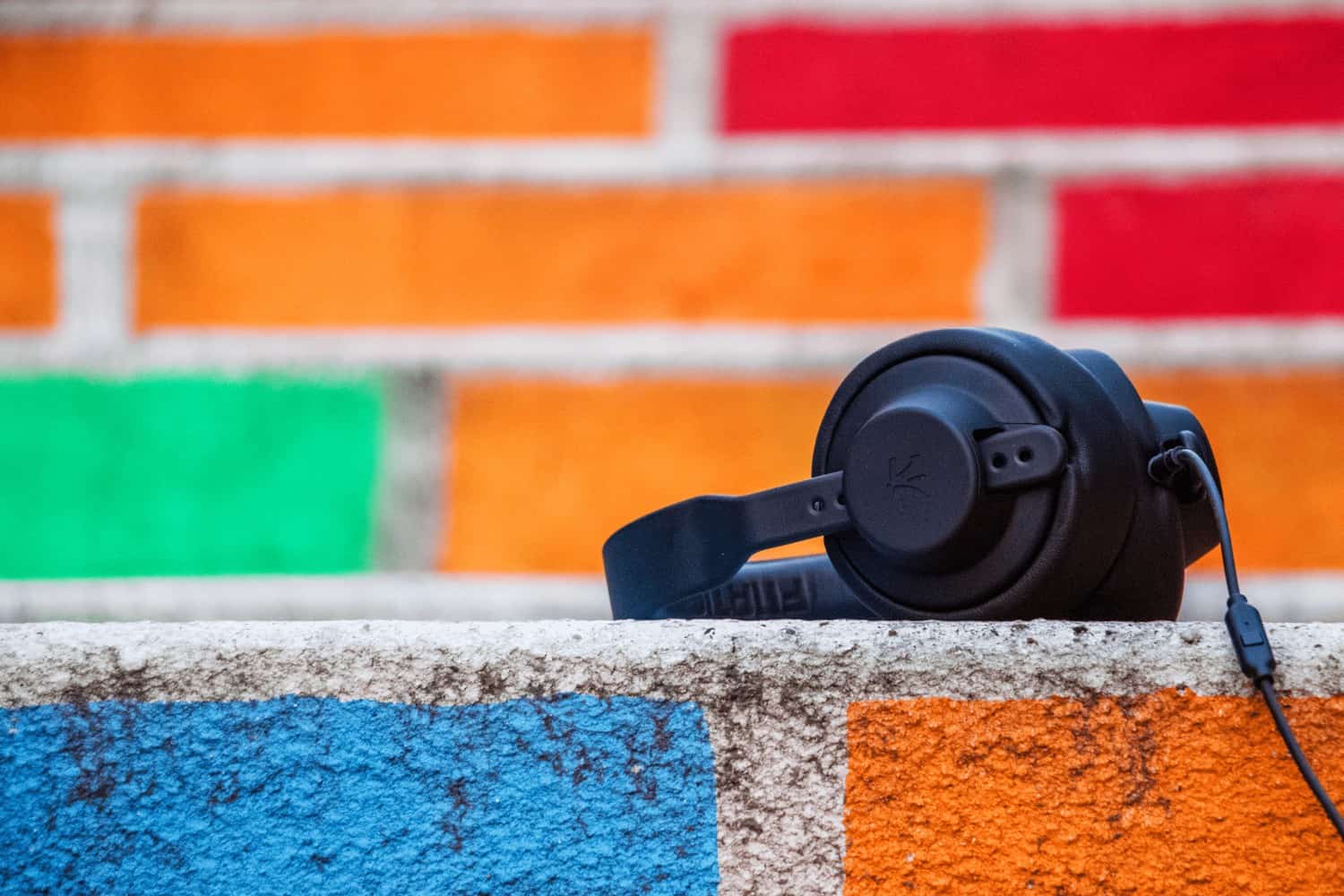The Camera Industry: What did Mobile Phones do to Disrupt it?
Just a decade ago, a night out at the pub might have required multiple devices to plan and attend the event. You would check your desktop email for the invite, call on a landline to confirm, drive around the ATM to collect drinking money, look up directions on your GPS, listen to tunes on your MP3 player, watch TV at the bar to kill time and finally, take group selfies with your digital camera when friends arrived.
But in today’s society, you are now able to simplify this process by grabbing your phone and going straight to the event, all with just one device. Even if video did kill the radio star, your mobile phone killed everything else.
No matter what industry you are in, it is worth understanding why it took mobile devices just a matter of months to do what two centuries of technological advances could not – delete the beloved camera from the hearts and minds of consumers.
A Photo Finish
“But cameras are still here!” you might object.
It’s true that cameras are not like carriages. They remain in use today alongside the technology that replaced them. Overwhelmingly, however, what you can easily find in a department store are digital cameras, professional rigs, and video recorders.
The consumer-oriented camera, with all its attendant film stocks and overnight delivery booths, are essentially gone.
Digital cameras started putting film cameras to bed for good in the late 1990s, due to ease of use, instantaneous images, shareability, practically limitless picture capacity, and the elimination of consumer development costs. However, in the years to follow, even digital cameras, which can now be seen as the industry’s rear-guard action to preserve relevancy, had to surrender to smartphones.
The Improved Camera Quality Standards Within Mobile Phones
It comes as no surprise that as the rise of mobile phone technology continued to improve at an advanced rate, so did the quality of picture taking on them. You only have to look at one of the world’s leading mobile juggernaut track record – Apple. As a new Apple phone is released each year, it comes with the attached proud statement of being the biggest, most ambitiously improved camera that we’ve seen on a smartphone yet. And to a degree, they’re right. It was most evident when the release of the iPhone 4S hit stores all around the world, with an 8-Megapixel rear camera, 720 HD resolution and an A5 chip, Apple was able to change the way we took pictures for the better. And the trend of improving camera work continued as they released newer versions of their phones with better cameras, enabling for endless photo taking opportunities with devices like the iPhone 7+ and the iPhone X.
Obscured by Clouds
That’s not the whole story, though. Smartphone cameras could not have replaced digital cameras without one critical co-creation that the world had never seen before – distributed computing. The cloud and the app-based ecosystem that lived there turned smartphones into something more than limited memory holding cameras. They became tiny, hand-held production studios, where photos can be cropped, layered, aged, recombined, covered in text and completely reshaped to match the mood of the amateur photographer, while also preserving memory space by uploading images into the cloud.
The app ecosystem arrived at the same time as social networks, which demanded a constant influx of casual photos taken everywhere, e.g. in restaurants, in bathroom mirrors, at unexpected events and in the quietest of moments. Phones, in their roles as personal communicators, were welcome in places where boxy cameras would seem out of place and the infinite app ecosystem that could instantly enhance those photos went with them.
Shutter Speed
At the camera industry’s turning point in 2010, reluctant entrepreneur Lisa Bettany gave up her dream of being a freelance photographer to create the Camera+ app. Within a year, the app turned her into a multi-millionaire. If you wanted to pin down the precise moment when the camera passed the torch to the smartphone, this was definitely it back in 2011.
What truly put the lens cap on the industry was not the developments in technology as much as the changes in society. The concept of photos changed from documents into micro-flashes of memory, as simple to catch, easy to manipulate and access to delete content as a passing fancy. If you have an app idea, Talk To Us today!
Share this
Subscribe To Our Blog
You May Also Like
These Related Stories

5 App Design Trends in 2017

Apple’s Latest USP: The ARKit





